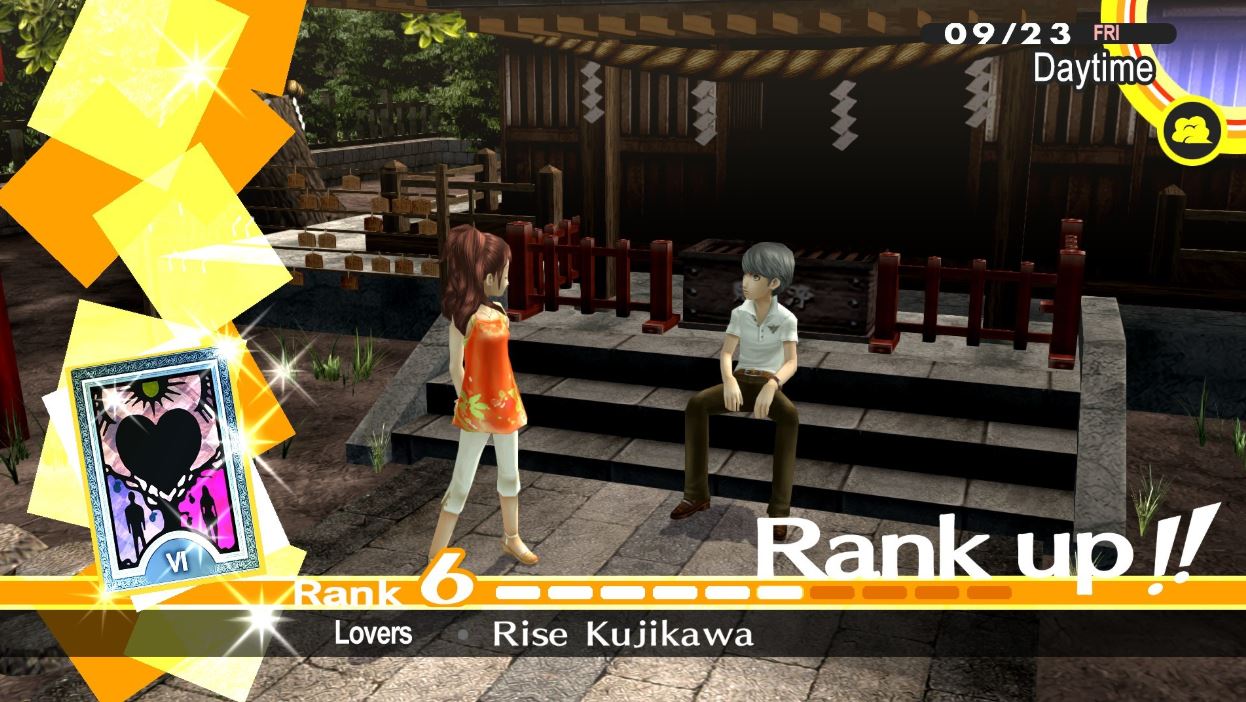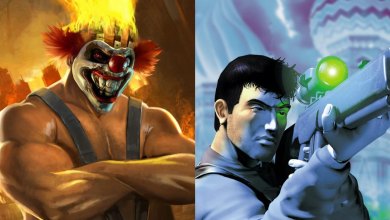Before I begin, I think it’s important to contextualize my experience with the Persona series. I, like many others, got into the series with 2017’s Persona 5. I’m a huge Persona fan, so much so that after my second playthrough of Persona 5, I went back and finished both Persona 3 FES and Persona 4.
It also marked interest for me in JRPGs and turn-based combat, as well as being a gateway into the broader Shin Megami Tensei franchise.
This was around when I was still what you’d consider a teenager, making Persona 5 (and the series itself) really important and formative for my teenage years.
So that’s some background given. Now you’ve already read the title, I don’t mean for this to imply that any of the games are bad in any way. In fact, they’re phenomenal titles. This is just something I feel that’s a prevalent issue across the recent Persona games.
Even when I played Persona 5 all those years ago, it was something that stood out to me frequently, and it was a problem I also ended up experiencing with Persona 4. Crazily enough, it was at Persona 3 that I saw that problem fixed for good.
Even though Persona 4 and 5 are monumental leaps over Persona 3, a crucial aspect has been lost in the transition. And now that Persona 3 is once again relevant thanks to the…somewhat flawed remaster of Persona 3 Portable, let’s talk about this in detail.
A Social Crisis

Social links are one of the most important parts of a Persona game. It gives the player something to work towards during the game’s slice-of-life segments. Forming and strengthening your bonds throughout each game’s story is one of the core themes of the Persona series.
Every game does it to a different degree, while Persona 4 and 5 give you full reign to focus on a specific party member you like. Persona 3 makes it so that the social links for your party members are tied to your progression in the main story.
Think of Goro Akechi’s confidant in Persona 5, except that’s how it works for almost all of them in Persona 3.
And from a gameplay perspective, yes, it’s somewhat frustrating that you aren’t able to max out your party member’s social links by yourself. It takes away that much-needed agency from the player and removes a huge aspect of Persona’s social sim aspect.
However, the problem in the recent Persona games stems from how the social links are integrated into the story. While the quality of the social links themselves generally ranges from kind of neat to pretty darn great, it suffers from being too detached from the game’s main story.
As an example, Ann’s and, to an extent, Ryuji’s character arcs in the main story end after the first palace of the game, where you face Kamoshida. After that, while there’s a whole separate character arc left for them, it’s made independent of the game’s main story.
This is a recurring problem throughout the games. What should be an addition to the game’s story instead feels disjointed from it. Ryuji getting over his trauma over the track team incident should be given way more attention than it does, and it’s never brought up in the story again after the Kamoshida incident.
Persona 3 subverted this problem by integrating the social links of many of the party members into the main story.
This is why characters like Junpei Iori and Akihiko are so memorable. Junpei especially starts off as borderline unlikeable, but he develops throughout the game to be one of the best companions in the series. It’s a slow development that takes almost half the game until it finally pays off in a fantastic conclusion.
His development feels genuine, and by the end of the game, he feels like a significantly different character compared to what he started as. It’s something that’s genuinely earned over the course of a 70-hour game.
It also makes the finale that much more interesting. Without spoiling what happens, it forms an extremely satisfying contrast to the antagonist’s goals while making complete sense. It maintains a perfect tonal balance between having happy-go-lucky optimism and edgy despair.
The Main Issue

The aforementioned problem stems from a broader problem that’s prevalent across both P4 and 5, where the main character feels like the center of the universe. All development happens because of the intervention of the main character, it feels weirdly patronizing.
While in Persona 3, even the social links that are separate from the party members usually don’t do much besides interact with the characters as they talk about their life. It feels surprisingly genuine and a little wholesome how these characters open up to this kid that wants to talk. It’s easily one of my favorite things about Persona 3.
You don’t even change many of the characters for the better. The Devil social link in 3 starts with you talking to a shady businessman who’s pretty much a terrible person, and it ends with him being a slightly less terrible person.

It also appears that everyone always has a schedule open for the main character. While characters in Persona 3 would occasionally turn down the player’s offers to hang out because they had their own things to do.
This made both the worlds and characters in the game feel more grounded. I wouldn’t say that the characters in Persona 5 feel “artificial,” as I feel that’s disingenuous to say about a game where I have characters I genuinely love, but it does make things feel less immersive.
I don’t mean to imply Persona 3 is perfect or even my favorite Persona game (that’s Persona 4). Exploring Tartarus can be horribly tedious, the game is often frustrating, and combat can feel like a gamble at times due to the randomness of the AI, though it is not nearly as bad as it’s made out to be.
Even so, Persona 3 is a standout entry that deserves a lot more love and appreciation. It has one of the best and most mature stories in the series alongside an absolute banger soundtrack that deserves way more credit than it gets.
While Atlus fails to deliver the quintessential Persona 3 experience that encapsulates the best of all its editions, it’s a unique outlier in the franchise that manages to strike a great balance between the mainline Shin Megami Tensei series and the Persona series.
Thanks! Do share your feedback with us. ⚡
How can we make this post better? Your help would be appreciated. ✍



